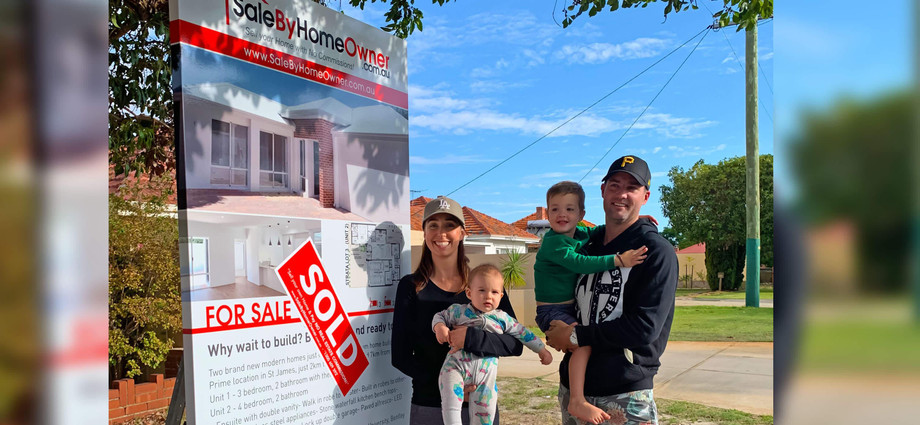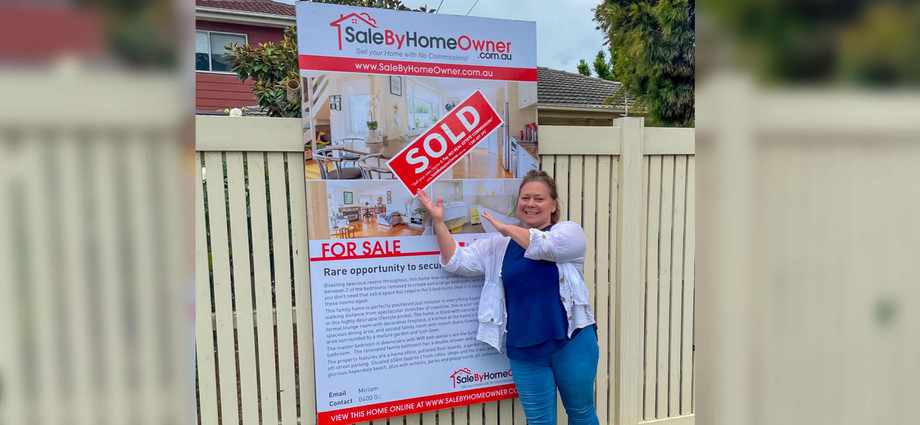Welcome to
On Feet Nation
Members
-
mulfy Online
-
Thais Laos Online
-
geekstation Online
-
Thomas Shaw Online
-
-
Blog Posts
Buy Best Reloading Supplies In stock 2024 ( Primers, Powders and Reloading Brass)
Posted by mulfy on February 23, 2025 at 7:58am 0 Comments 0 Likes
Buy Best Reloading Supplies In stock 2024 ( Primers, Powders and Reloading Brass)
Posted by mulfy on February 23, 2025 at 7:58am 0 Comments 0 Likes
Buy Best Reloading Supplies In stock 2024 ( Primers, Powders and Reloading Brass)
Posted by mulfy on February 23, 2025 at 7:57am 0 Comments 0 Likes
Free Canadian Dating Site for Real Relationships
Posted by geekstation on February 23, 2025 at 7:53am 0 Comments 0 Likes
Top Content
How Much Do You Lose Selling A House As Is Compared To Making Repairs?
When selling a house, one of the key decisions homeowners face is whether to sell the property "as is" or make repairs and improvements before listing it. The choice can have a significant impact on the sale price and the speed of the sale. At Sale by Home Owner Australia, we understand that this decision can be tricky. If you’re wondering, "How much do you lose selling a house as is compared to making repairs?" we’re here to provide insights to help you make an informed decision.
1. The Impact of Selling As Is
Selling a house "as is" means you’re offering the property in its current condition, without making any repairs or upgrades. While this might seem like a quicker and easier option, it can often result in a lower sale price. Buyers typically factor in the cost of repairs and renovations into their offers when they know they’re purchasing a property that isn’t in optimal condition.
For example, if your home needs a new roof, updated plumbing, or a fresh coat of paint, buyers may factor these expenses into their offers, offering less than the market value. Depending on the extent of the repairs needed, you could lose thousands of dollars by not addressing these issues before selling. Buyers also may be more hesitant to purchase a house in poor condition, leading to longer market times and fewer offers.
2. Benefits of Making Repairs Before Selling
On the other hand, making repairs and updates before selling your house can increase its value and appeal. Homes in good condition typically sell faster and for a higher price than homes that require significant repairs. By addressing issues such as broken windows, worn-out flooring, or outdated appliances, you make your home more attractive to potential buyers.
Research shows that even small repairs and upgrades can yield a high return on investment (ROI). For instance, a fresh coat of paint, fixing minor plumbing issues, or replacing worn-out carpeting can increase the perceived value of your home, leading to higher offers. Major renovations, such as upgrading kitchens and bathrooms, often result in a significant ROI, although these come with a higher upfront cost.
3. How Much Can You Lose Selling As Is?
The exact amount you lose by selling a house "as is" depends on various factors, including the extent of the repairs needed, the local real estate market, and buyer demand. In general, homes that require significant repairs can sell for 10% to 20% less than similar homes in better condition. For example, if your home is worth $400,000 in good condition, you could expect to lose anywhere from $40,000 to $80,000 by selling it "as is" if there are noticeable defects or needed repairs.
However, the decision to sell "as is" may still be the best option in certain circumstances. If you’re under time constraints, facing financial difficulty, or if the cost of repairs exceeds the potential return, selling as is may be a better choice. In these situations, the convenience of avoiding repairs and quickly closing the sale may outweigh the financial loss.
4. Factors to Consider
Before deciding whether to sell your house "as is" or make repairs, consider the following:
· Repair Costs: Calculate how much it will cost to make the necessary repairs. Sometimes, smaller fixes like patching holes, fixing leaky faucets, or repainting can be done relatively cheaply and increase the home’s value significantly.
· Time: If you’re looking to sell quickly, making repairs may not be the fastest route. However, skipping repairs can result in a longer selling process with fewer offers.
· Market Conditions: In a seller’s market where demand exceeds supply, you may have more flexibility to sell your home "as is" and still get a good price. In a buyer’s market, however, making repairs may be necessary to attract interest.
· Buyers’ Expectations: Some buyers are looking for a move-in-ready home and may be willing to pay a premium for a property in excellent condition. Others, particularly investors or buyers looking for a fixer-upper, may be more interested in a property "as is" but will expect a lower price.
5. The Bottom Line
Ultimately, the decision of whether to sell your house "as is" or make repairs depends on your situation and goals. At Sale by Home Owner Australia, we recommend carefully evaluating the costs and benefits of each option. While selling "as is" may be quicker and less costly upfront, you could lose significant value by not making repairs. If time and budget allow, investing in repairs can often result in a higher sale price and a quicker sale, providing a better return on your investment.
If you're unsure whether making repairs is worth it, consider consulting with a real estate professional who can help assess the cost-benefit analysis of your specific property. With the right strategy, you can maximize the value of your home, whether you choose to sell "as is" or make improvements first.
© 2025 Created by PH the vintage.
Powered by
![]()



You need to be a member of On Feet Nation to add comments!
Join On Feet Nation